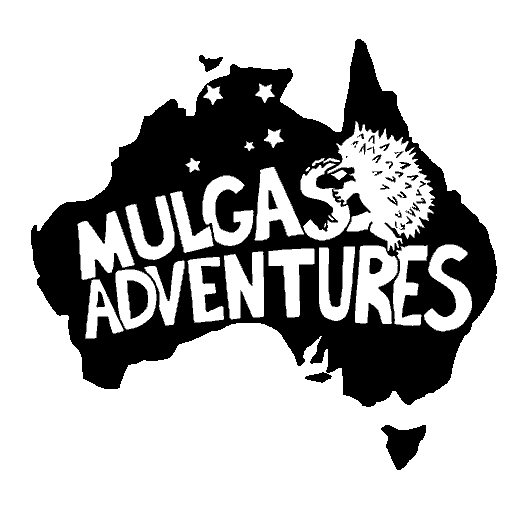About Uluru (Ayers Rock)
Uluru Facts
The Rock is famous for having many “moods”, and appearing to change colour depending on the time of day, the weather and the season.
How many people visit Uluru-Kata Tjuta National Park?
Every year more than 250,000 people come from all over the world to experience the natural and cultural wonders of Uluru and Kata Tjuta.
How high is Uluru?
Uluru rises 348 metres above the surrounding plain. That’s higher than the Eiffel Tower in Paris, the Chrysler Building in New York or the Eureka Tower in Melbourne.
How far is it around Uluru?
The walking trail around the base of Uluru is around 10km. The Rock has a circumference of about 9.4 km.
How much does Uluru weigh?
In 2018 the Northern Territory Geological Survey calculated the weight of Uluru for the ABC TV Series Catalyst. Their estimate was 1,425,000,000 tonnes – and that’s just the part above the ground!
Around the Base
Uluru is surrounded by waterholes, springs, caves and fascinating rock formations and ancient Aboriginal rock paintings.
When did Uluru-Kata Tjuta become a national park?
Ayers Rock (which we now call Uluru) was first declared a national park in 1950.
In 1958, both Ayers Rock and Mount Olga (now Kata Tjuta) were excised from an Aboriginal reserve to form the Ayers Rock–Mt Olga National Park. The park’s name was changed to Uluru and Kata Tjuta (Ayers Rock–Mt Olga) National Park in 1977.
The park was officially renamed Uluru-Kata Tjuta National Park in 1993.
Indigenous Heritage
Uluru and Kata Tjuta are both sacred places for the Anangu people, who have a strong living culture and connection to the area. Archaeologists believe Aboriginal people have been living in Central Australia for over 30,000 years.
In 1985, after more than 35 years of campaigning, Anangu were recognised as the traditional owners of the park and were handed the deeds to their homelands. This is known and referred to today as Handback.
Who owns Uluru and Kata Tjuta?
Anangu own Uluru and Kata Tjuta and lease the land to the Australian Government. Parks Australia and Anangu work together as partners, jointly managing the national park using a mix of modern science and traditional knowledge.
World Heritage Listed
This is a UNESCO World Heritage site. Uluru is an unmistakable symbol of the Australian outback and is one of the top destinations for travellers to Australia.
Find out more:

